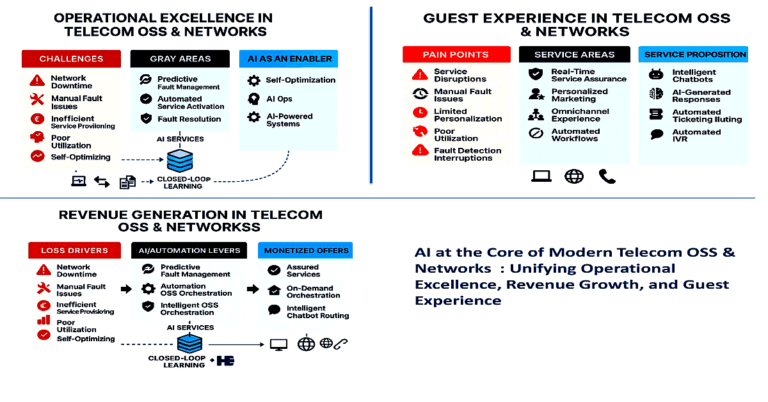The Biden-Harris Administration marks a significant milestone in U.S. telecommunications history with the launch of the National Spectrum Strategy. This ambitious plan earmarks over 2,700 megahertz of airwaves for exploration and potential utilization in both the private sector and federal agencies. Accompanying this initiative, President Biden has issued a Presidential Memorandum to revitalize U.S. Spectrum Policy, laying the groundwork for a reliable, data-driven process to optimize spectrum utilization.
At the heart of this strategy is the goal of cementing U.S. dominance in the global wireless arena while delivering top-tier services through advanced wireless technologies. This development is set to revolutionize not just consumer wireless networks but also crucial sectors like aviation, transportation, manufacturing, energy, and space.
U.S. Secretary of Commerce Gina Raimondo emphasized the importance of spectrum as a finite resource pivotal for both everyday use and groundbreaking ventures, such as space exploration. “As the demand for this invaluable resource escalates, the U.S. is poised to remain at the forefront of spectrum innovation, backed by President Biden’s visionary spectrum policy,” Raimondo stated.
The National Telecommunications and Information Administration (NTIA), under the U.S. Department of Commerce, spearheaded the Strategy’s formulation, collaborating closely with the Federal Communications Commission and other Executive Branch agencies reliant on spectrum.
Today’s Presidential Memorandum establishes a clear, consistent spectrum policy framework, streamlining the resolution of spectrum-related disputes.
Alan Davidson, Assistant Secretary of Commerce for Communications and Information and NTIA Administrator, highlighted Spectrum’s critical, albeit often unnoticed, role in American life. He pointed out the growing demand for midband airwaves, essential for next-gen wireless services. “The National Spectrum Strategy is a catalyst for innovation across both public and private sectors, ensuring America’s continued leadership in wireless technologies,” Davidson remarked.
The Strategy’s scope is impressive, targeting 2,786 megahertz across five spectrum bands for comprehensive analysis to assess their potential for new applications. This figure nearly doubles the NTIA’s initial goal of 1,500 megahertz, with over 1,600 megahertz of this spectrum being highly sought-after midband frequencies.
The U.S. government’s visionary approach to spectrum policy encompasses:
- Identifying a robust pipeline of spectrum for private sector exploration, notably in the lower 3 GHz and 7-8 GHz bands.
- Enhancing intra-governmental coordination and fostering public-private sector dialogue on spectrum decisions.
- Focusing on the development of dynamic spectrum sharing technologies to maximize the utilization of even the most congested bands.
- Developing a National Spectrum Workforce Plan to expand the spectrum ecosystem’s talent pool.
Following the release of the National Spectrum Strategy, the Biden-Harris Administration will oversee the creation and publication of an Implementation Plan to actualize the Strategy’s objectives. The NSS is designed as a dynamic document, set to evolve with changing spectrum needs and opportunities.
About the National Telecommunications and Information Administration
The NTIA, a branch of the U.S. Department of Commerce, advises the President on telecommunications and information policy issues. Its focus spans across broadening broadband Internet access and adoption, optimizing spectrum usage by all entities, enhancing public safety communications, and fostering the Internet as a powerhouse for innovation and economic growth.








































